Channels > PIM for WooCommerce
PIM for WooCommerce
Your WooCommerce store—always up-to-date, always easy to manage.
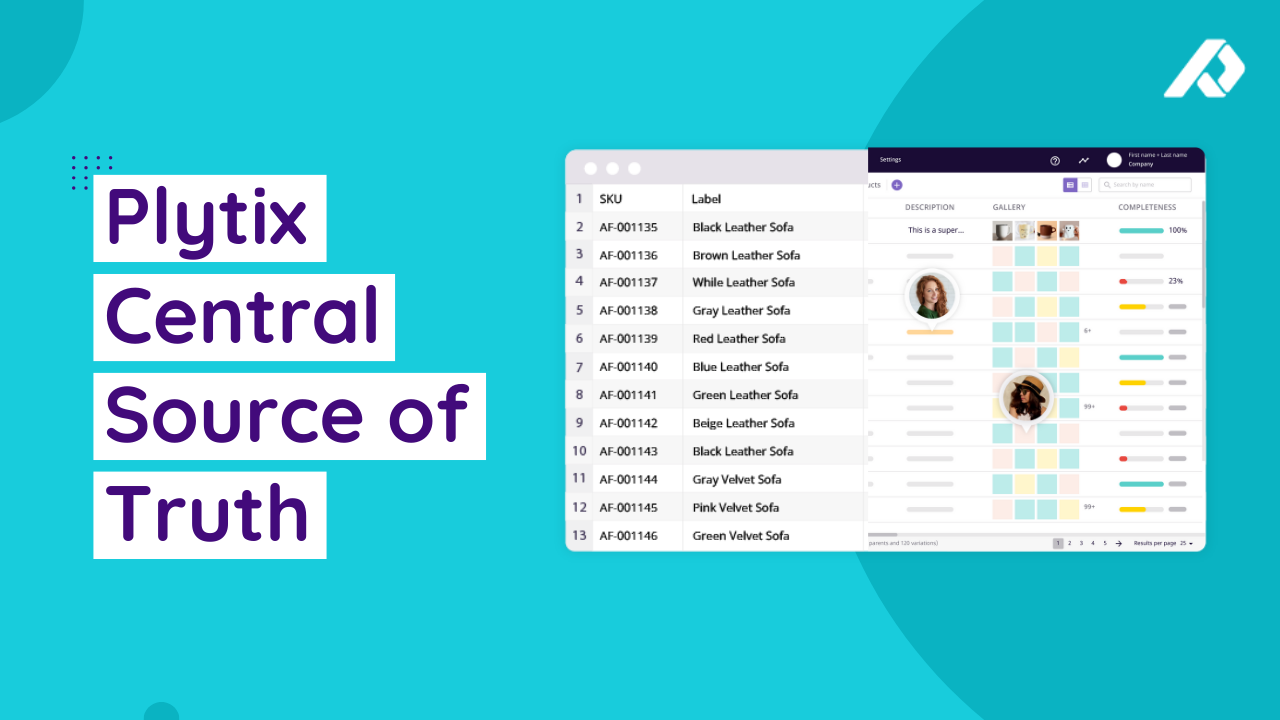
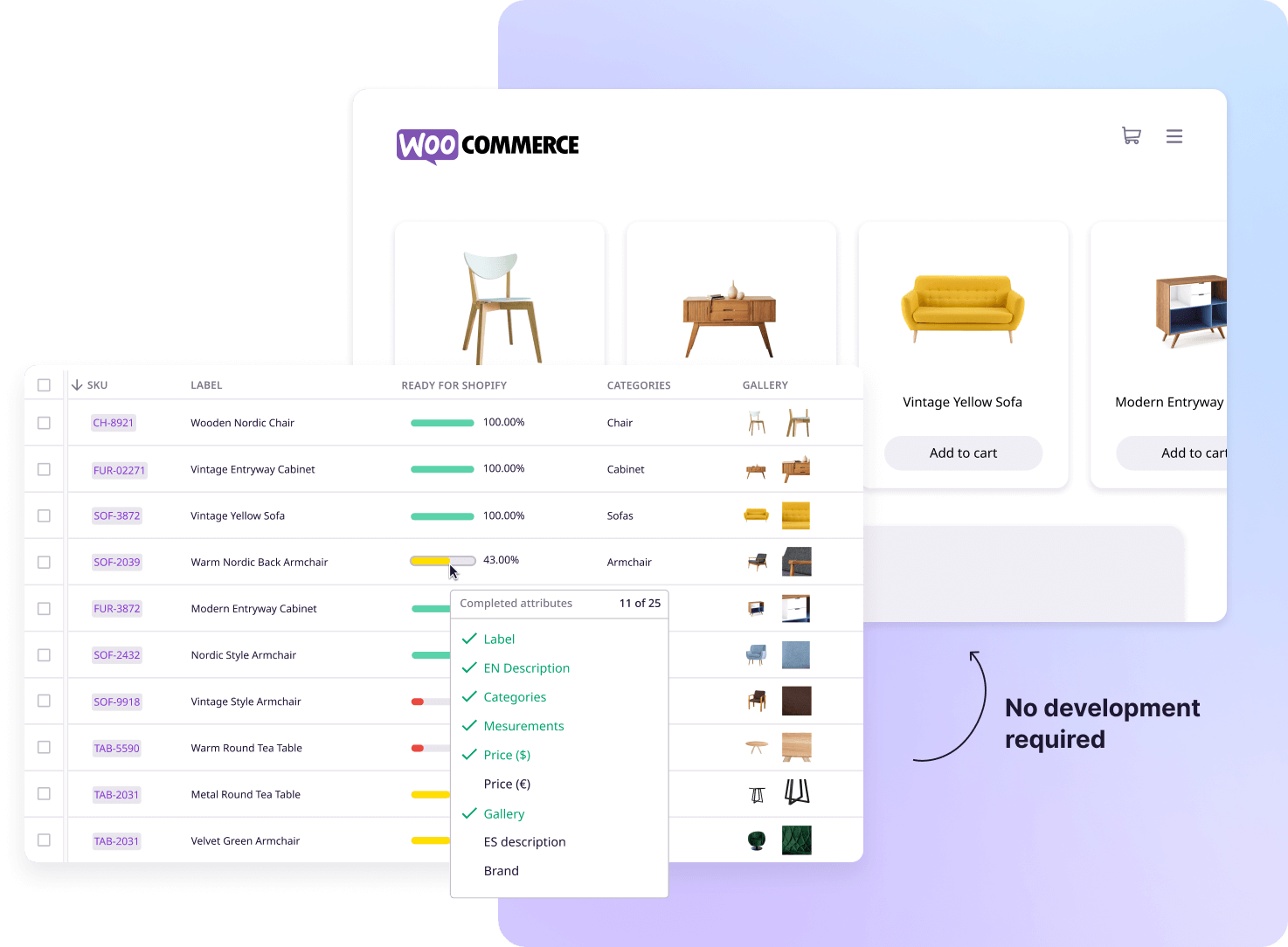
How does Plytix PIM for WooCommerce work?
1. Centralize
Centralize your product data (and digital assets) in Plytix PIM using our importer—giving you a central source of truth for your WooCommerce products.
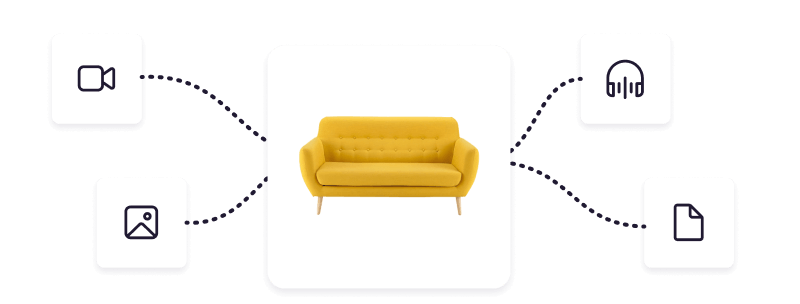
2. Optimize
Optimize your product data specifically for WooCommerce and its requirements with Plytix’s intuitive, user-friendly interface.
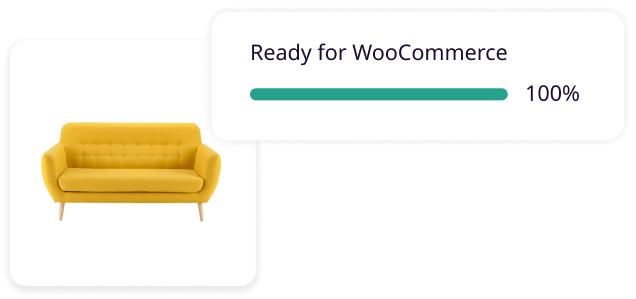
3. Distribute
Easily distribute your product data by syncing products, images, custom fields, and more from Plytix to WooCommerce or other sales channels.

More than 15,000 accounts created so far
You’ll wonder how you ever used WooCommerce without Plytix
Edit and sync product data in bulk, saving time on updates across your entire WooCommerce catalog.

Set up and sync parent and variant products with automatic data inheritance to keep details consistent.
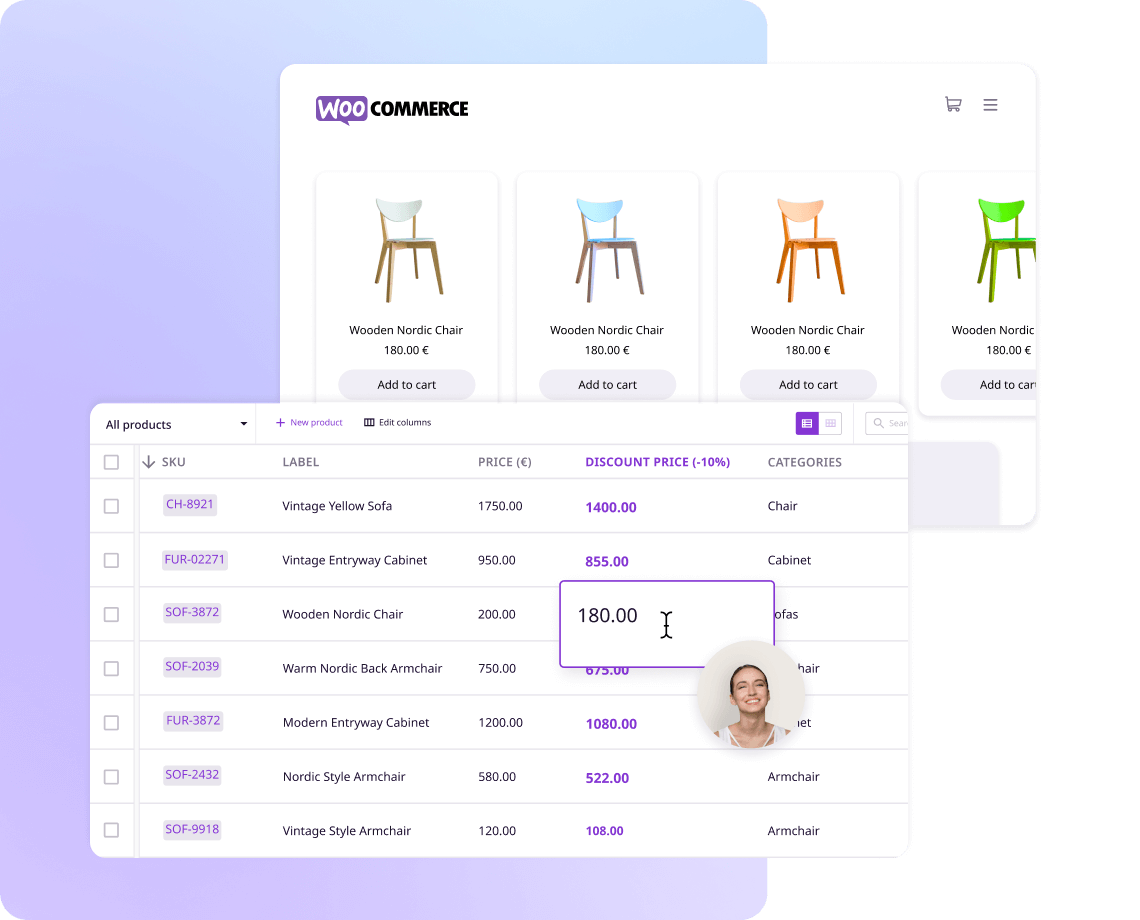
Create rules and formulas to reformat data on export—just like Excel but better.

Upload one image, and let Plytix resize it upon export to fit WooCommerce requirements and other sales channels.


See if Plytix is the right solution for you
No pushy salespeople. No obligations. We promise.

Collaboration you can only dream of
Get everyone on the same page. With shared access, custom views, and real-time updates, your team can work together seamlessly. Plus, activity logs make sure no change slips through the cracks, keeping everything running smoothly.

Always up-to-date on your schedule
Keep your WooCommerce store up-to-date by connecting your Plytix feed to a data import plugin for WordPress (like WP All Import). Set your update schedule, and watch as your product data syncs automatically.

Create AI-powered product descriptions
Fill your WooCommerce store with engaging, SEO-friendly product descriptions using Plytix’s AI product description generator. Create consistent, conversion-focused copy in a matter of seconds.
Better, faster, stronger

Otter saved 80% of their time previously spent on manual data management

Leigh Country got new products to market 24x faster than before

Allé Designs saw a 45% increase in sales within the first year.

Birlea Furniture saved £12K annually on print costs.

See if Plytix is the right solution for you
There's no such thing as the perfect PIM for all companies. But for every company, there's a perfect PIM.
Let’s find out if we are yours in a short intro call.
Top 4 reasons customers choose Plytix for their WooCommerce store
1. Combining two best-in-class ecommerce tools just makes sense
You’ve already made the choice to work with one of the top commerce platforms in the ecommerce landscape. Wouldn’t it be a good choice to go with the #1 PIM software too?
2. An easy interface that anyone can use
Let’s be honest: your WooCommerce store is not the best place to manage data.
Switch to a clean, organized, and easy-to-use interface and map your product data with pre-populated WooCommerce fields.
3. Insanely good support
Working with Plytix Customer Success feels like having your own in-house support team. Our team is here to help you succeed—not just with Plytix but also with your business goals.
Whether it’s expert guidance or helpful resources, we’ve got your back every step of the way.
4. No development needed
With Plytix, there's no need to bring in a developer. Our connection with WooCommerce means you’ll save time and money on setup and maintenance—leaving you free to invest in other parts of your business.
Find out what else Plytix can do for you

Product Information Management
Centralize and manage all your product data in one place with Plytix PIM.
Don’t know what PIM is?
Learn about What is Product Information Management.

Digital Asset Management
Store, optimize, transform, and resize your digital assets from within Plytix PIM.
Don’t know what DAM is?
Learn about What is Digital Asset Management.

Sales channels
Get your product data where it needs to go through direct integrations, product feeds, or templates.
Frequently Asked Questions
Does WooCommerce have a PIM?
No, WooCommerce doesn’t come with a product information management system out of the box. While WooCommerce is a powerful WordPress ecommerce platform with many extensions for managing a product catalog and product pages, it doesn’t provide a dedicated PIM system. That’s where tools like Plytix come in. Plytix serves as a central repository for all your product data management needs, allowing WooCommerce users to store and organize product details, product images, attributes, and more in one place. Adding a WooCommerce PIM connector like Plytix gives your WooCommerce store the structured data foundation of a PIM system without having to rely on WooCommerce alone for these capabilities.
What problems do WooCommerce stores without a PIM system face?
Without a PIM system, WooCommerce stores often struggle with product data management challenges, like keeping track of product details, inventory, and attributes across multiple sales channels. Managing everything directly in WooCommerce can become time-consuming, and inconsistent data can impact the performance of your website. Stores without a PIM may find it hard to organize data types and maintain quality across product pages—especially as they add new features or customize products. A PIM system, like Plytix, helps solve these issues by providing a central repository for product information, allowing automation and synchronization to keep product catalog data accurate and up-to-date.
With Plytix PIM, business processes are simplified, efficiency is boosted, and you can easily manage cross-selling options. This integration has attracted significant popularity because it adds real value for customers and helps WooCommerce stores offer a better shopping experience.
How does Plytix keep my WooCommerce store up to date?
You can schedule automatic updates from Plytix to your WooCommerce store at the frequency you want, whether it’s every few hours or once per week. You can also manually send updates from Plytix to WooCommerce whenever you like.
How much does this cost?
Our WooCommerce feed is considered a Channel output. This is included in all of our paid plans. You can compare plans on our Plytix pricing page.
Or, try it for free in your free trial when you book a demo.
If you want automated, scheduled updates, you’ll also need to consider the costs of a data import plugin (like WP All Import). Here is WP All Import’s pricing for reference.